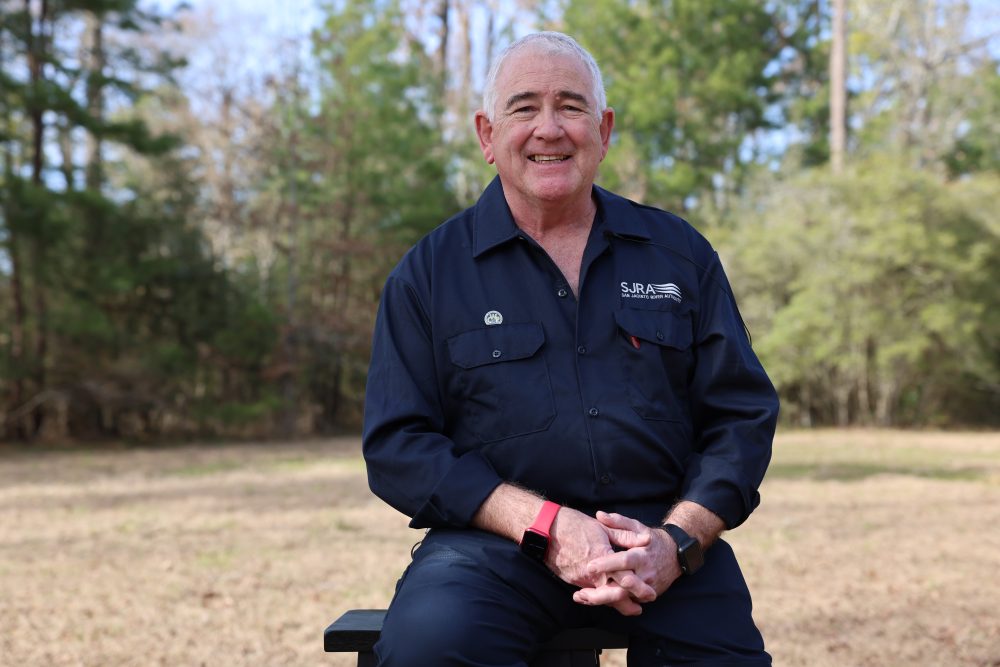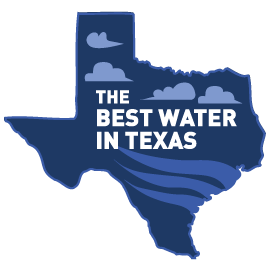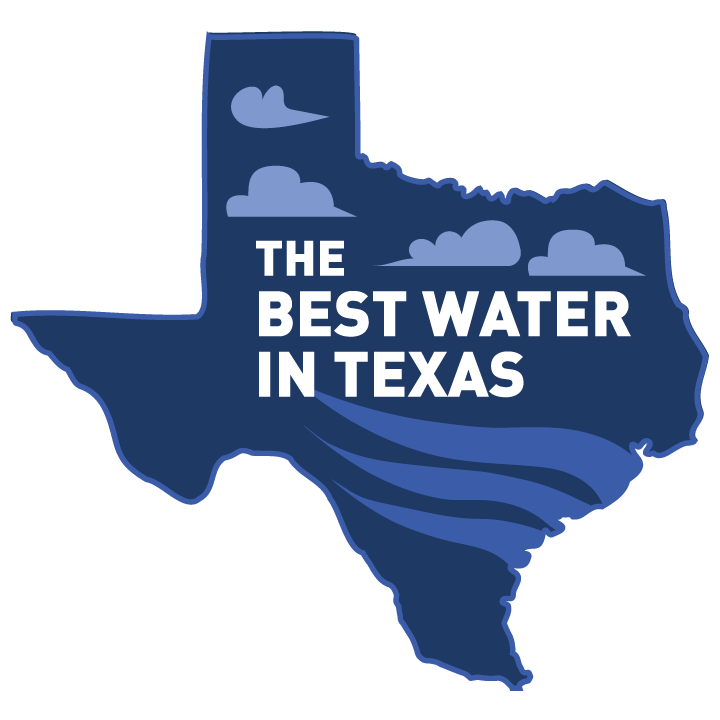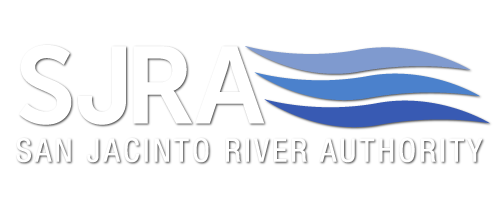Ever wonder what happens after you flush the toilet or turn off the sink? Where does all that water go, and who makes sure it doesn’t become a health hazard?
The SJRA’s Woodlands Division is a dedicated team of wastewater professionals who manage the system every single day. One of those people is Michael, a licensed wastewater operator.
Michael works at Wastewater Treatment Facility No. 1 (WWTF 1) on Sawdust Road, one of three plants that serve the Woodlands. He is one of four operators with a lead wastewater license who works 365 days a year, 24/7, often during severe weather events. On an average day Michael helps treat three to four million gallons of wastewater a day.
WWTF 1 handles wastewater that arrives from homes and businesses in the community. During heavy storms, the team treats the additional runoff that makes its way into the system, which is called inflow and infiltration (I&I). I&I is water that can leak into the system through broken pipes, manholes, or improper connections. It can be an extra challenge the requires constant monitoring and infrastructure maintenance.
Michael and his colleagues extract the garbage, items that are inadvertently flushed, grit (inorganics), and guide the flow through the biological and physical processes of treatment. After the extraction process, there is disinfection, required state sampling, and then releasing into the receiving stream, Panther Branch. Day in and day out, wastewater operators work to move fluid around the basins, adjust pumps and valves, clean and maintain infrastructure, and monitor data.
SJRA’s team of operators is a critical part of the community’s health and safety. The operators take care of human waste so that the community is protected from any potential disease or hazard. Water leaving the plant must meet strict water quality standards in order to release the effluent back into the environment. It is vital to make sure all water meets these particular standards to ensure the water being released back into the environment is safe. Wastewater operators work around the clock and on holidays to make sure the community is served with one of the most essential needs.
Michael finds great satisfaction in working such a dynamic job and successfully working through severe weather events. His work is behind the scenes, but his impact is everywhere. To learn more about how Michael works to preserve and protect the best water in Texas, visit this link.



